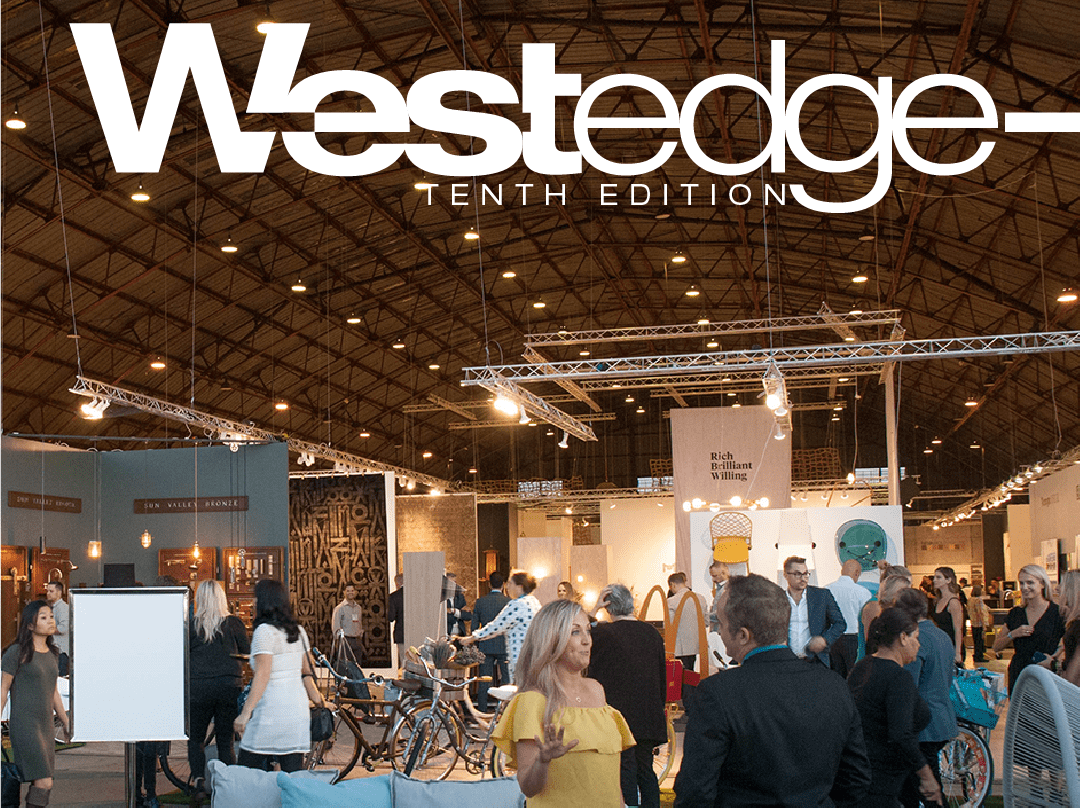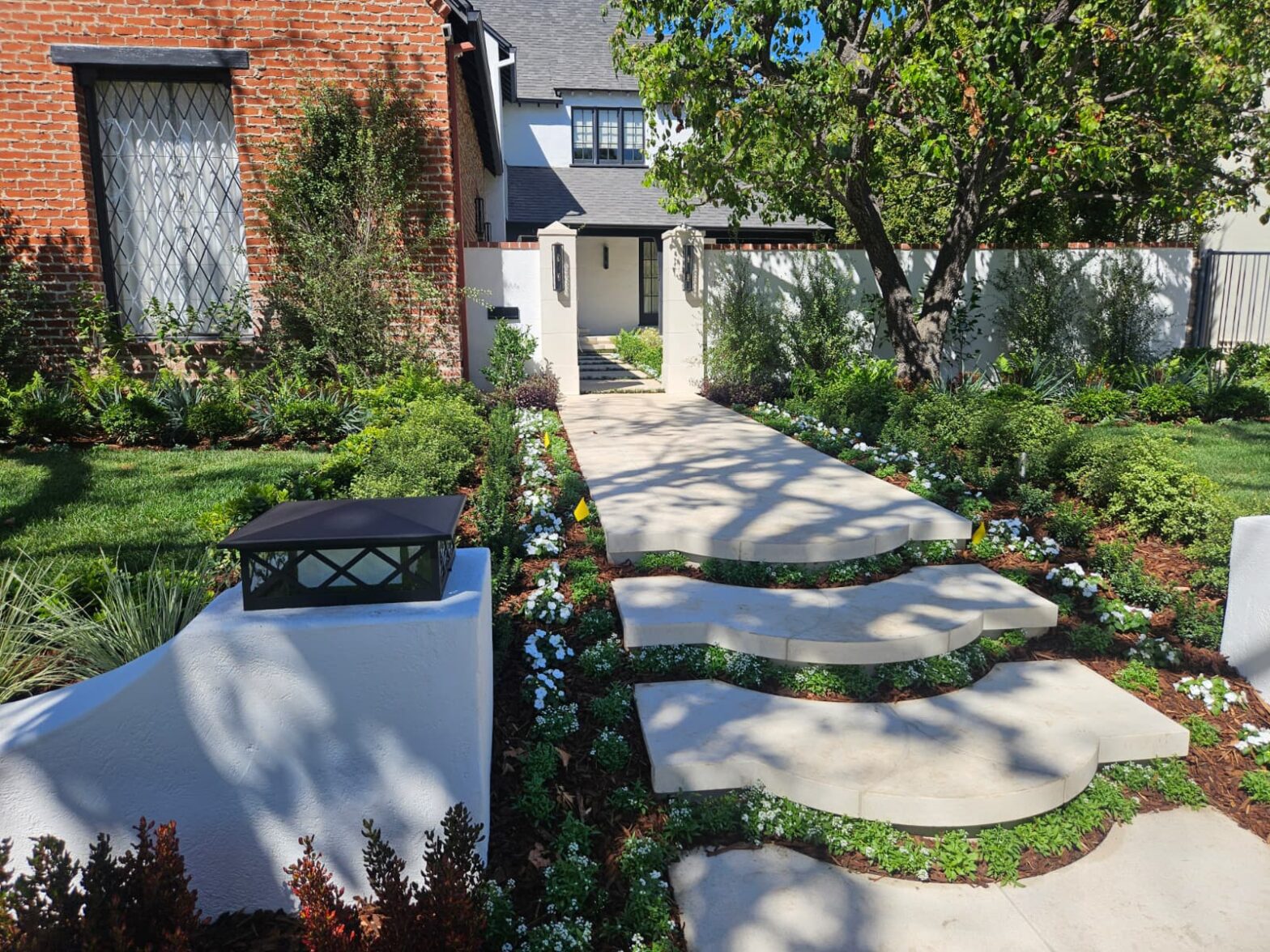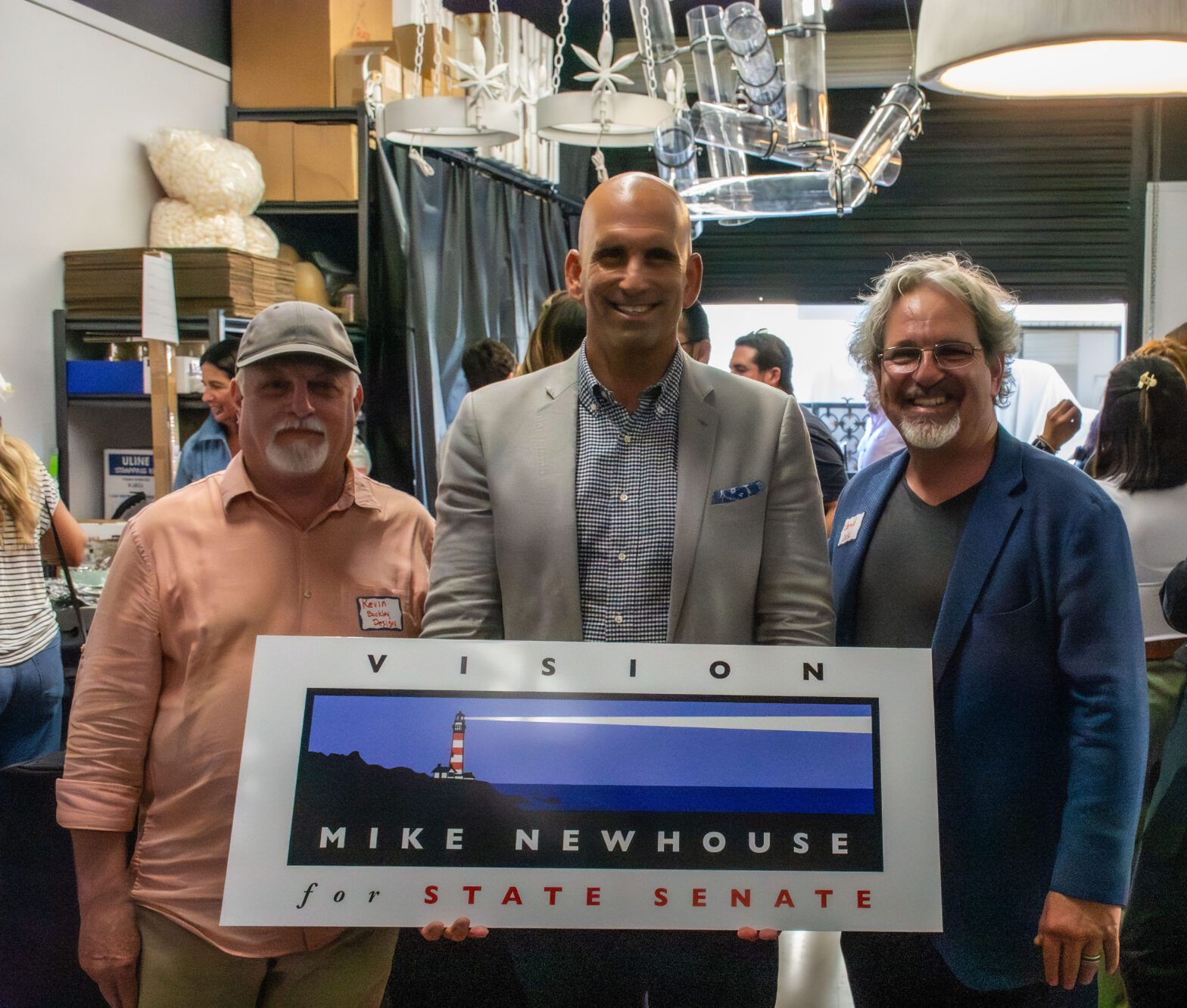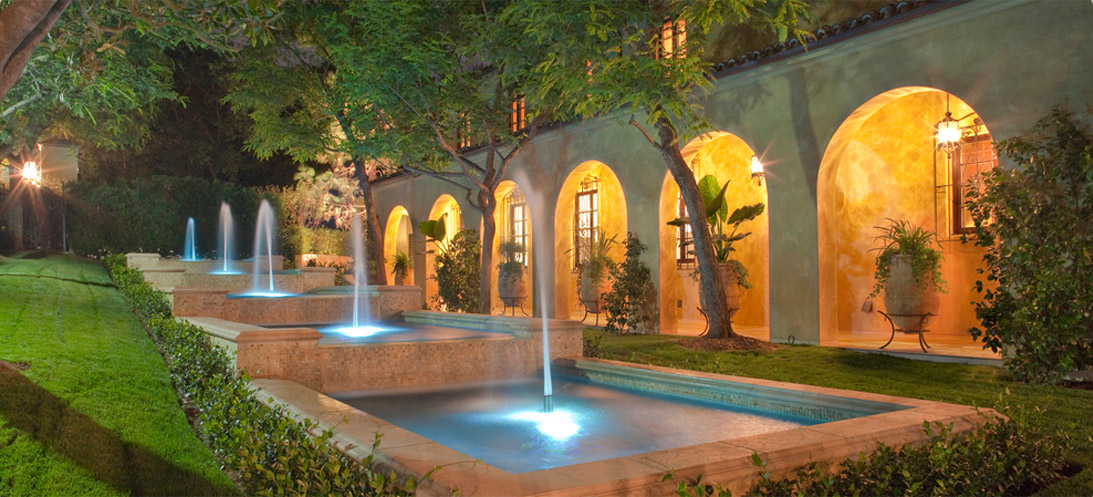
Let’s face it: Pasadena architecture is beautiful. A range of styles from eras gone by gives the architectural landscape personality. Many believe Pasadena is the mecca of the American Craftsman movement because of the influence of architects Charles and Henry Greene, otherwise known as Greene and Greene. So Craftsman homes such as the Gamble House have become the symbol of Pasadena architecture, and rightfully so.
Some critical features of Pasadena’s Craftsman architectural DNA are materials such as wood and stone and low-pitched gabled roofs with deep eaves. Let’s not forget exposed structural elements like beams and rafters. Oh—wait—this includes built-in furniture and extensive woodwork details. Open floor plans are focused on functionality and craftsmanship; the creme de la creme are the large porches that integrate the house with the outdoors. Simply beautiful.
The Case Study Houses, an experiment between 1945 and 1966 in Pasadena and many surrounding neighborhoods, comes to mind. The Case Study Houses program aimed to build affordable post-war homes using readily available materials. Now was the time for the soldiers to come home, start their families, and prepare for the new generations.
No doubt, this was a time to explore and experiment with prefabrication techniques allowing quick assembly, which was especially relevant to post-war housing needs. These young families needed prefab housing to be efficient and emphasize affordability. Architects Richard Neutra, Charles and Ray Eames (husband and wife team) used steel and glass, which were also prefabricated at the time, and their goal was to make the homes look sleek, open, and connected to the natural environment.
Although many of Pasadena’s more well-known architects weren’t officially part of the Case Study House program, they contributed to it in an unofficial way. For example, architects R.M. Schindler and Richard Neutra’s earlier work had a significant influence on the Case Study House Project.
Pasadena’s architectural legacy is connected significantly to the mid-century modernism championed by the Case Study Houses. These stylish homes align with the Southern California way of life. Although the Case Study House program ended in the mid-1960s, its influence resides in beautiful regions like Pasadena. It’s worth visiting Pasadena and seeing the work of great architects living together in harmony.












